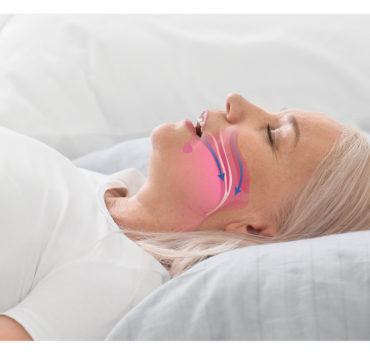How to Protect Your Hearing When Life Gets Loud


Sound surrounds you every day. Traffic, TV, sporting events, and music are just a few of the sounds you know so well. Entertaining sounds bring pleasure, and warning sounds (like a car horn) can help you stay safe. But some sounds can damage your hearing—sometimes instantly, and often permanently.
Results from hearing tests suggest that nearly one in four U.S. adults ages 20 to 69 years may have noise-induced hearing loss in one or both ears. One way noise-induced hearing loss happens is when tiny hair-like structures (called “stereocilia”) that sit on top of sensory hair cells in your inner ear are damaged by noises that are too loud and/or last too long. When the stereocilia are damaged, they can’t accurately relay information about sound to your brain.
The louder the sound, the more damage it can cause to your ear, and the faster the damage can happen. Hearing loss may not be noticeable at first, but it can get worse over time. For example, you may notice words sounding muffled and harder to comprehend.
The good news is that noise-induced hearing loss can be prevented. Recognizing noise hazards can help you protect your hearing—and help you safeguard your family’s hearing health.
The best way to protect your hearing and prevent noise-induced hearing loss is to avoid loud sounds and noisy activities whenever possible. You can also turn down the volume on the TV and on music players and move away from the noise when you can. When loud noise is unavoidable, use earplugs or protective earmuffs to protect your hearing.
The National Institute on Deafness and Other Communication Disorders (NIDCD), part of the National Institutes of Health, offers helpful tips for protecting your hearing. The video Hearing Protection: How to Use Formable Earplugs, shows the right way to insert inexpensive foam earplugs. The video Hearing Protection: How to Use Pre-Molded Earplugs, can help you correctly use pre-molded earplugs, which are great for concerts and other times you want to protect your hearing without losing sound quality.
Protective earmuffs are another easy-to-use type of hearing protector, but they might not work as well for people who wear glasses or have hairstyles that create gaps where sound can enter the ear. Protective earmuffs may be a good choice for protecting children’s hearing because they can be easier to use than earplugs.
Wearing protective earmuffs and earplugs together can reduce sound even more—a smart choice for very noisy environments like woodshops and sport-shooting events.
It’s easy to buy ear protection because many stores, especially home and garden centers, now sell both earplugs and protective earmuffs. Both types of protection are also easy to find online.
To help identify harmful sounds, use a free decibel meter app to measure the sound levels in your environment. The Sound Level Meter app was developed for iOS devices by the National Institute for Occupational Safety and Health at the Centers for Disease Control and Prevention.
Learn more about how to protect your hearing from the NIDCD’s Hearing Protectors fact sheet. Keep your hearing healthy and enjoy all the sounds of life.




